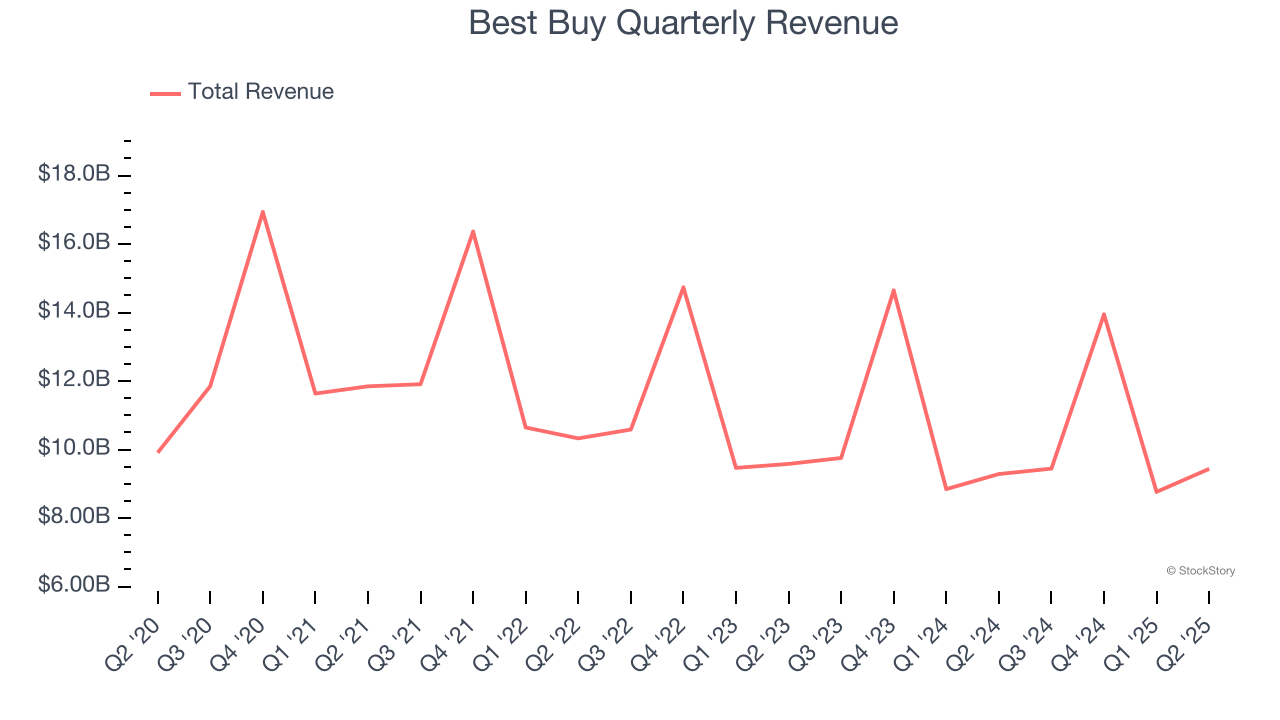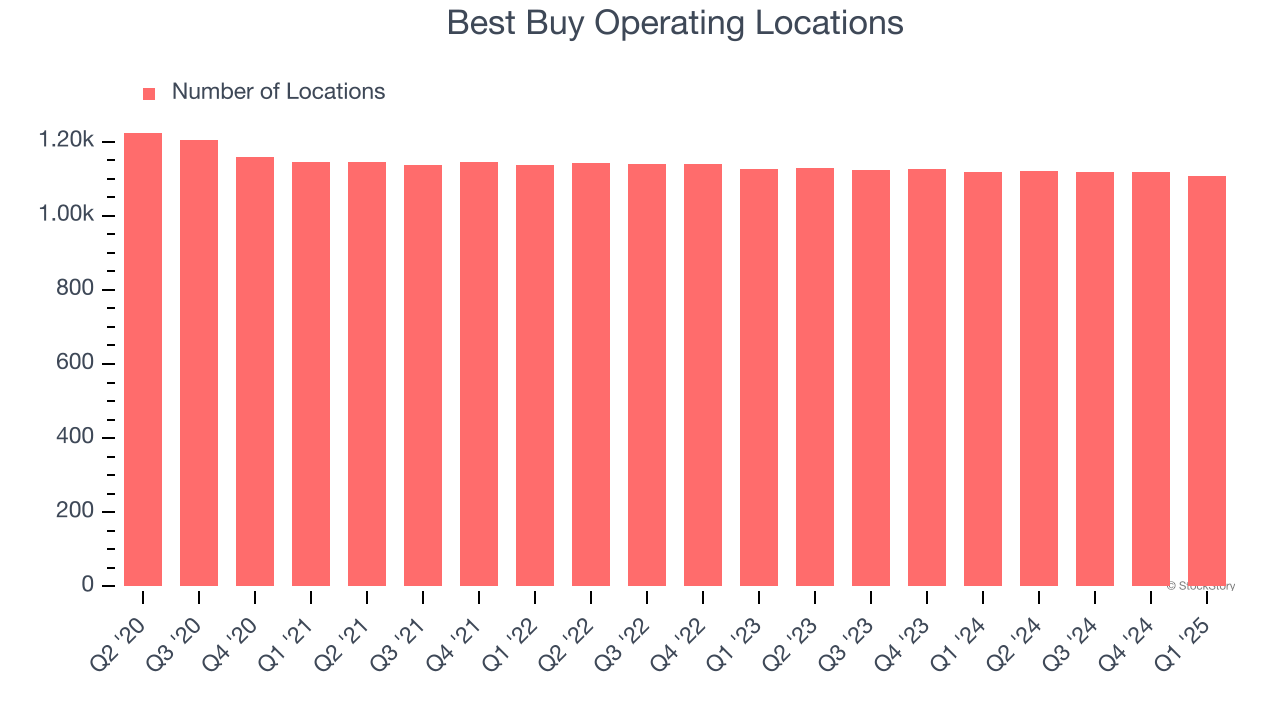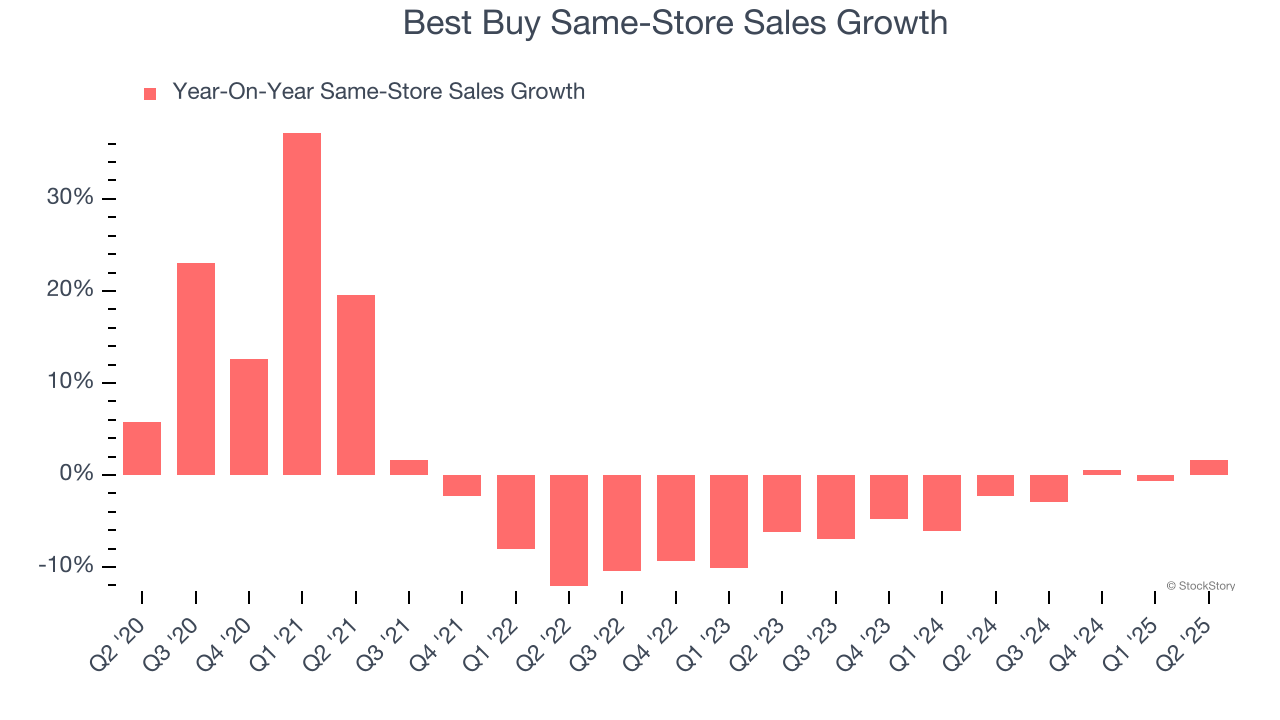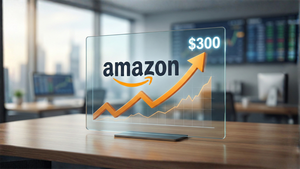
Electronics retailer Best Buy (NYSE: BBY) reported Q2 CY2025 results topping the market’s revenue expectations, with sales up 1.6% year on year to $9.44 billion. The company expects the full year’s revenue to be around $41.5 billion, close to analysts’ estimates. Its non-GAAP profit of $1.28 per share was 4.5% above analysts’ consensus estimates.
Is now the time to buy Best Buy? Find out by accessing our full research report, it’s free.
Best Buy (BBY) Q2 CY2025 Highlights:
- Revenue: $9.44 billion vs analyst estimates of $9.23 billion (1.6% year-on-year growth, 2.3% beat)
- Adjusted EPS: $1.28 vs analyst estimates of $1.22 (4.5% beat)
- Adjusted EBITDA: $497 million vs analyst estimates of $550.4 million (5.3% margin, 9.7% miss)
- The company reconfirmed its revenue guidance for the full year of $41.5 billion at the midpoint
- Management reiterated its full-year Adjusted EPS guidance of $6.23 at the midpoint
- Operating Margin: 2.7%, down from 4.1% in the same quarter last year
- Free Cash Flow Margin: 6.1%, similar to the same quarter last year
- Same-Store Sales rose 1.6% year on year (-2.3% in the same quarter last year)
- Market Capitalization: $15.95 billion
Company Overview
With humble beginnings as a stereo equipment seller, Best Buy (NYSE: BBY) now sells a broad selection of consumer electronics, appliances, and home office products.
Revenue Growth
A company’s long-term sales performance is one signal of its overall quality. Even a bad business can shine for one or two quarters, but a top-tier one grows for years.
With $41.6 billion in revenue over the past 12 months, Best Buy is larger than most consumer retail companies and benefits from economies of scale, enabling it to gain more leverage on its fixed costs than smaller competitors. This also gives it the flexibility to offer lower prices. However, its scale is a double-edged sword because there is only so much real estate to build new stores, placing a ceiling on its growth. For Best Buy to boost its sales, it likely needs to adjust its prices or lean into foreign markets.
As you can see below, Best Buy struggled to increase demand as its $41.6 billion of sales for the trailing 12 months was close to its revenue six years ago (we compare to 2019 to normalize for COVID-19 impacts). This was mainly because it didn’t open many new stores and observed lower sales at existing, established locations.

This quarter, Best Buy reported modest year-on-year revenue growth of 1.6% but beat Wall Street’s estimates by 2.3%.
Looking ahead, sell-side analysts expect revenue to remain flat over the next 12 months. This projection doesn't excite us and implies its newer products will not catalyze better top-line performance yet.
Here at StockStory, we certainly understand the potential of thematic investing. Diverse winners from Microsoft (MSFT) to Alphabet (GOOG), Coca-Cola (KO) to Monster Beverage (MNST) could all have been identified as promising growth stories with a megatrend driving the growth. So, in that spirit, we’ve identified a relatively under-the-radar profitable growth stock benefiting from the rise of AI, available to you FREE via this link.
Store Performance
Number of Stores
The number of stores a retailer operates is a critical driver of how quickly company-level sales can grow.
Over the last two years, Best Buy has kept its store count flat while other consumer retail businesses have opted for growth.
When a retailer keeps its store footprint steady, it usually means demand is stable and it’s focusing on operational efficiency to increase profitability.
Note that Best Buy reports its store count intermittently, so some data points are missing in the chart below.

Same-Store Sales
A company's store base only paints one part of the picture. When demand is high, it makes sense to open more. But when demand is low, it’s prudent to close some locations and use the money in other ways. Same-store sales is an industry measure of whether revenue is growing at those existing stores and is driven by customer visits (often called traffic) and the average spending per customer (ticket).
Best Buy’s demand has been shrinking over the last two years as its same-store sales have averaged 2.7% annual declines. This performance isn’t ideal, and we’d be concerned if Best Buy starts opening new stores to artificially boost revenue growth.

In the latest quarter, Best Buy’s same-store sales rose 1.6% year on year. This growth was a well-appreciated turnaround from its historical levels, showing the business is regaining momentum.
Key Takeaways from Best Buy’s Q2 Results
We enjoyed seeing Best Buy beat analysts’ revenue expectations this quarter. We were also glad its EPS outperformed Wall Street’s estimates. On the other hand, its EBITDA missed and its gross margin fell slightly short of Wall Street’s estimates. Overall, this quarter could have been better. The stock traded down 1.3% to $74.50 immediately after reporting.
So should you invest in Best Buy right now? When making that decision, it’s important to consider its valuation, business qualities, as well as what has happened in the latest quarter. We cover that in our actionable full research report which you can read here, it’s free.





